
Andromeda Galaxy M31
One hundred years ago this Spring, the first article on galaxy Spectral-line Redshifts was published by Vesto Slipher which dramatically changed cosmology.
However, few have ever read this original paper, or the several other articles and books considered cosmology landmarks of past century.
These papers are so rarely read perhaps because to find them, it often takes quite a bit of effort and expense. One sad result is that many of these important papers are seriously misunderstood; particularly about which topics were and were not actually discussed, and whether the papers reported on experiments or observations or were merely theorizing.
To help you clarify this for yourself here are a few primary cosmology papers for your intellectual appetite and entertainment.
Part 1 covers Spectral Line Redshift, Galaxy Radial Velocity, Space Curvature, Universe Expansion, Large-scale Structure – Walls, Voids, Sheets and Filaments, Plasma Cosmology, Cosmic Microwave Radiation, Observational, Cosmic Microwave Radiation, Analysis, Cosmic Microwave Radiation, Whole Sky Map, Nucleosysnthesis, Galaxy Rotation Curves Interpreted as Missing Mass and Dark Matter, Steady State model, Quasi-Steady State model, Olbers Paradox, and General Relativity.
Redshift, Spectral Line:
“The radial velocity of the Andromeda Nebula,” Slipher, Vesto (1913)
Even earlier, in 1895, a co-founder of Astrophysical Journal, James Edward Keeler, obtained redshifts for Saturn’s rings (A Spectroscopic Proof of the Meteoric Constitution of Saturn’s Rings) — essentially the first use of Doppler effect to measure astronomical object velocity.

Hubble’s Original Redshift Graph
Galaxy Radial Velocity:
“A Relation Between Distance and Radial Velocity Among Extra-Galactic Nebulae,” Hubble, Edwin (1929) Note how this paper does not discuss Universe Expansion. (Hubble in part, used Slipher’s high quality 1913 redshift data.)



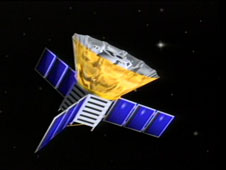




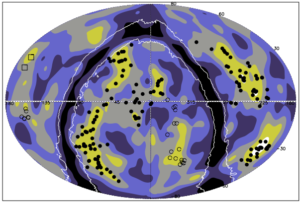
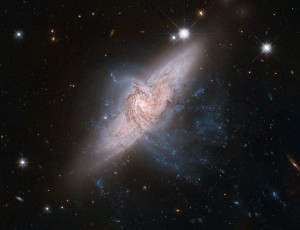






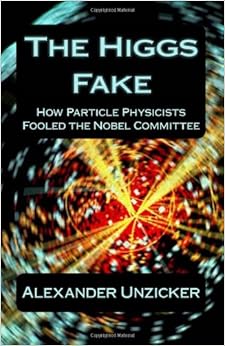






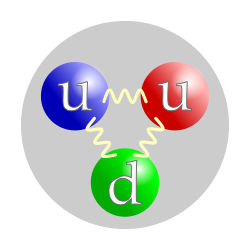 You’ve probably heard a thousand times that a
You’ve probably heard a thousand times that a 